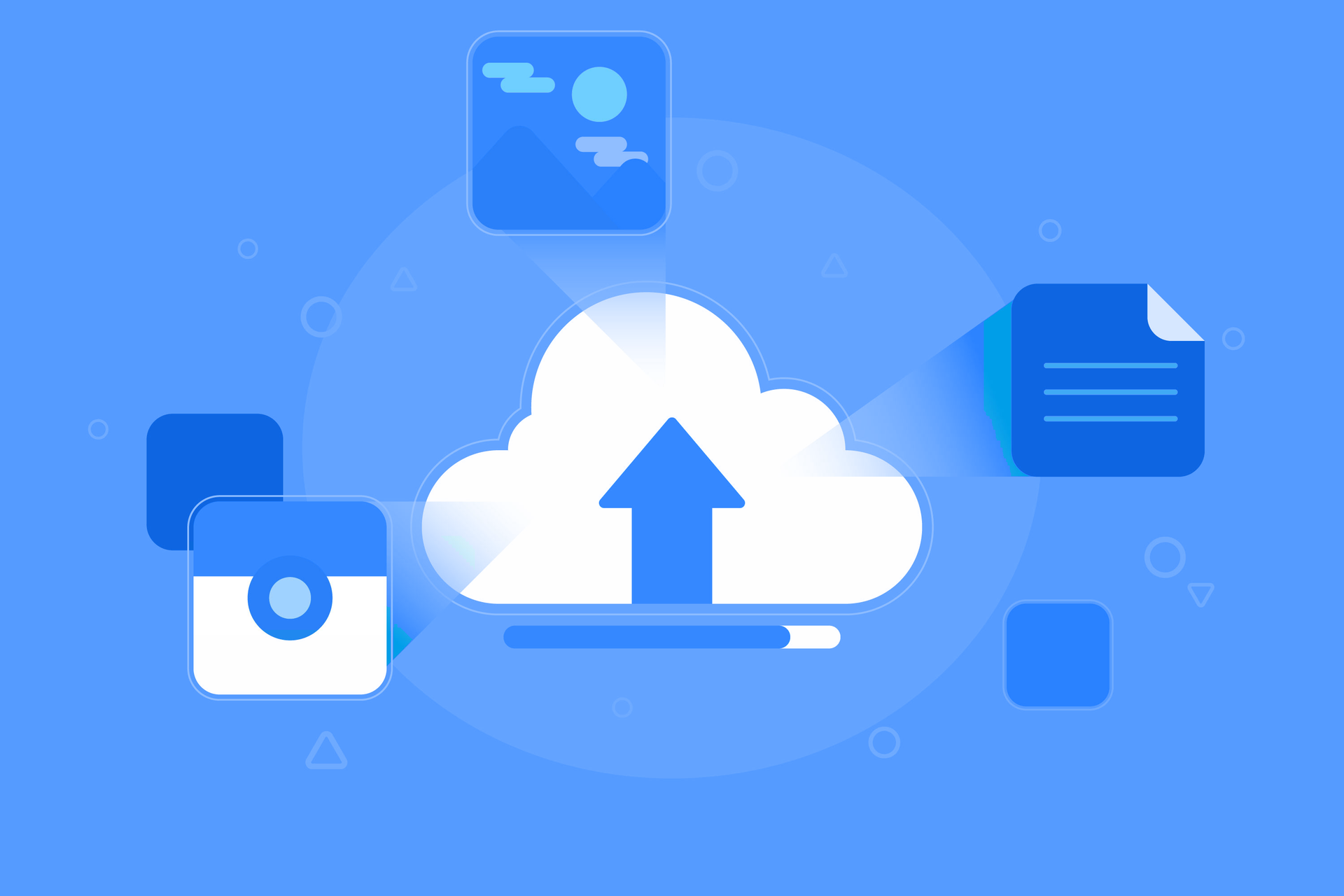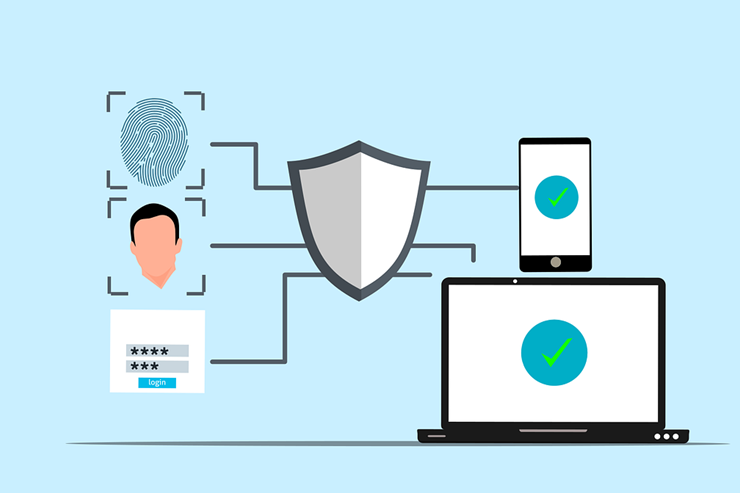Business impacts of the coronavirus disease
March 25, 2020

Consumers and businesses are already dealing with the huge impact of COVID-19. As governments and private businesses continue to find ways to deal with the coronavirus pandemic, they turn to all available technology resources. In the long term, expect the following changes in the use of technology.
Increased reliance on communications technology
The need for remote interactions and stronger communications technology will inevitably increase. Businesses are expected to immediately adopt things like 5G technology to enhance communication speeds and performance.
Meanwhile, specific industries like healthcare will adopt technologies that optimize current processes. This includes using telehealth platforms that will let healthcare providers diagnose and issue prescriptions remotely. To do that, they need 5G-powered systems that will efficiently facilitate consultations.
Many companies have already shifted to remote work setups. Business leaders now and in the foreseeable future will use more platforms that efficiently facilitate collaboration with colleagues, business partners, and customers. Tools that will let them achieve this include teleconferencing solutions like Zoom, Microsoft Teams, and others.
Digital ways to network
Now that many businesses of all sizes have shifted to remote work, it follows that events, conferences, and a variety of gatherings worldwide such as tech conferences have been canceled. This is to curb the fast spread of the coronavirus.
Certain organizations will forgo in-person networking events and business meetings and will explore online avenues to maintain business opportunities. Again, this could mean turning to telecommunications tech that offers reliable connectivity and fast speeds.
A boost in cashless transactions
Paying in cash is quickly becoming a thing of the past due to recommendations of healthcare authorities like the World Health Organization (WHO). This is to limit the spread of the virus that can spread through cash. More than ever, businesses must explore ways to implement measures that restrict cash payments, if not eliminate them altogether.
In other words, contactless payments will now be the norm in many countries around the world. This certainly applies to small businesses, too. Because of the pandemic, businesses across industries are expected to quickly adopt mobile payments and other forms of electronic payments.
Growth in eCommerce
As the general public drastically limits time spent outdoors, brick-and-mortar stores experience less and less foot traffic. Businesses that have adapted to new ways of product and service delivery would find themselves increasingly maximizing online purchase options for their customers.
However, the logistics involved in delivering goods and services could prove overwhelming for many businesses. For instance, they may have to adjust order fulfillment models to align with shifting demands. That could mean increasing the workforce in charge of eCommerce operations. Therefore, those that are able to boost their online shopping operations must take steps to enhance their online selling capabilities to meet unpredictable surges in demand.
In a time of crisis, businesses must explore the many ways technology can help sustain operations; whether it be in terms of maintaining communications, delivering goods and services, and gearing up for a drastically changed future.
Call our IT experts today and let us know how you want your tech resources to aid you in these tough times.
Published with permission from TechAdvisory.org. Source.

A slow computer or a frozen screen are the worst things that can ruin your day. You've most likely dealt with outdated technology on multiple occasions if you manage a small business. It may seem cost-effective to extend the life of outdated equipment, but the long-term costs are frequently higher. Due to technological issues like sluggish PCs and antiquated laptops, small businesses lose about 98 hours annually, or 12 working days . This is why it's important to have an IT refresh plan. It helps you stay safe, prevents unplanned malfunctions, and keeps your team operating efficiently. Regardless of whether you outsource managed IT services or handle them in-house, a solid refresh strategy can save time, stress, and money down the line.

Does your small business ever feel like it has too much data? This is a fairly typical occurrence. The way small businesses function has changed as a result of the digital world. In addition to customer emails and backups, we now have an overwhelming amount of data to manage, including financial statements, contracts, logs, and employee records. According to a PR Newswire survey, 72% of company executives say they have stopped making decisions because the information is too overwhelming. All of this data can easily become disorganized if improperly handled. By implementing the appropriate data retention policy, effective IT solutions assist. A strong data retention policy keeps your company compliant, organized, and cost-effective. Here's what should be deleted, what should be kept, and why.

Selecting the best cloud storage solution can be similar to being faced with an endless buffet of options, each one claiming to be the best. A poor choice may result in lost revenue, compromised data, or even a snag in productivity. The stakes are extremely high for small business owners. Regardless of your level of experience, we will guide you through this thorough guide to help you choose a cloud storage solution that is specific to your company's needs.

Cyber threats are a daily reality for small businesses navigating an increasingly digital world; they are not merely an abstract concern. Financial and reputational harm can result from ransomware attacks, phishing scams, or unintentional data leaks. In order to reduce the risks, more businesses are using cyber insurance. Not every cyber insurance plan is made equally. Many business owners think their policy covers them, but they discover (too late) that it has significant gaps. We'll explain exactly what is and isn't covered in this blog post, along with how to pick the best cyber insurance plan for your company.

Have you ever questioned how susceptible your company is to online attacks? Nearly 43% of cyberattacks target small businesses , frequently taking advantage of lax security measures, according to recent reports. Multi-Factor Authentication (MFA) is one of the most underutilized yet powerful ways to safeguard your business. Even with your password, hackers will find it much more difficult to obtain access thanks to this additional security measure. The implementation of Multi-Factor Authentication for your small business is explained in this article. Knowing this will enable you to take an important step toward protecting your data and guaranteeing more robust defense against possible cyberattacks.

Managing a small business requires a lot of multitasking. These hats include operations management, customer service, and maintaining order. AI-powered automation is a solution that can reduce the workload. Small business owners can now automate tasks that were previously done by hand thanks to technological advancements that have made these tools more affordable and accessible than before. There's no need to hire a big staff or spend a fortune. AI can manage a large portion of your hectic workload, allowing you to concentrate on more crucial facets of your company. AI can act as your virtual assistant, increasing productivity and simplifying processes, whether you're a small team manager or a solopreneur. This blog post explores how you can automate everyday tasks and free up your time if you want to learn more about how AI can change your company. We'll demonstrate how to use reasonably priced AI tools to reduce repetitive tasks, save time, and increase business efficiency.

In today's digital world, cyber threats are smarter than ever. Weak passwords or old ways of proving who you are can cost people and businesses money, steal their data, or steal their identities. A strong password is the first thing that will keep hackers out, but it's not the only thing that will work. This guide goes over the basics of strong passwords, two-factor authentication, and the best ways to keep your accounts safe. We'll also talk about new ways to check things and things you should never do.

A sophisticated type of cyberattack known as "password spraying" uses weak passwords to acquire unauthorized access to numerous user accounts. This approach focuses on using a single password or a collection of passwords that are frequently used across multiple accounts. The goal is to circumvent standard security protocols, such as account lockouts. Password-heavy attacks are highly effective because they target people and their password management practices, which are the biggest weakness in cybersecurity. This ar ticle will describe how password spraying operates, address how it differs from other brute-force attacks, and go over how to detect and prevent it. We will also discuss how businesses can defend themselves against these threats and examine real-world examples.

What would happen if tomorrow your company lost all its data? Would your operations come to a complete stop, or would you be able to recover? Data, including communications, financial records, product files, and customer information—is the lifeblood of any small business. However, data security is frequently neglected. After a disaster, 25% of small businesses close within a year, and 40% never reopen , according to the Federal Emergency Management Agency (FEMA). That represents an incredible 65% failure rate because of inadequate preparation. The good news is here. An enterprise budget and a dedicated IT staff are not necessary for disaster data protection. You can create a backup and recovery plan that reduces downtime and provides you with peace of mind if you have the right approach, the appropriate tools, and a little forethought. In this blog post, we will discuss practical and easy-to-follow advice to help you protect your most valuable business asset: your data.

